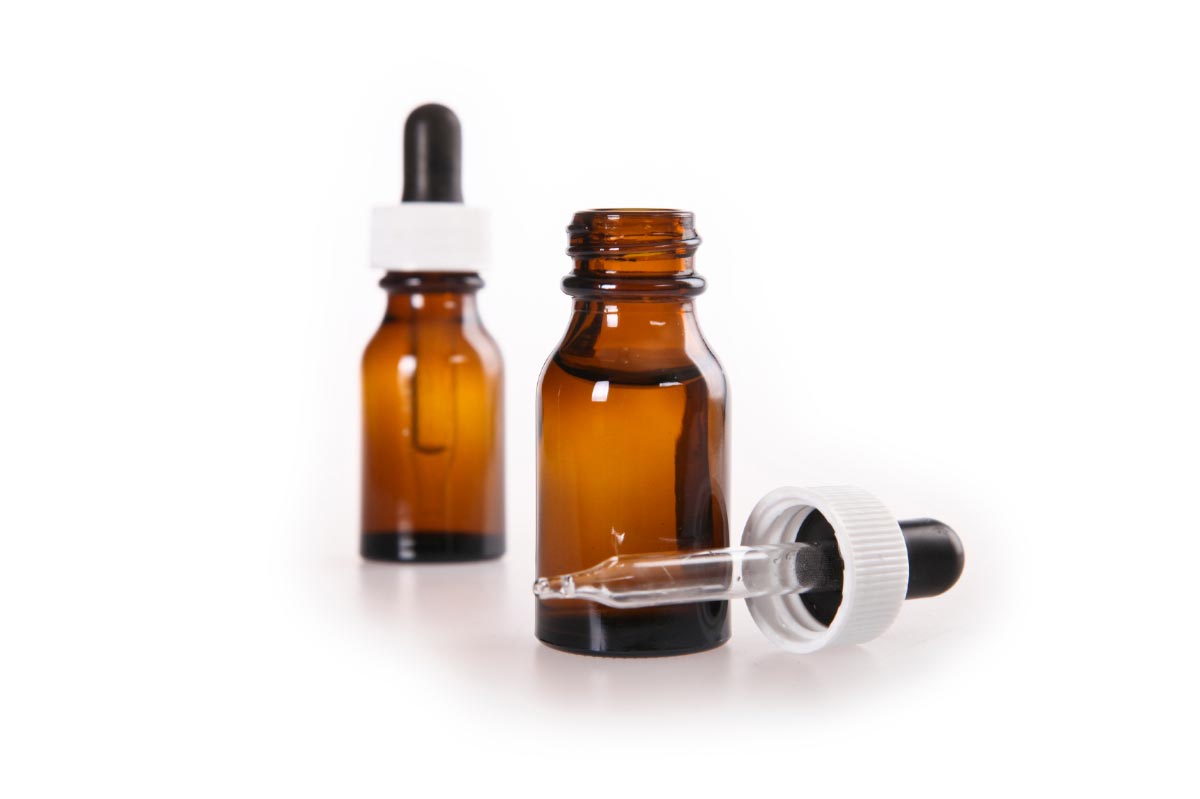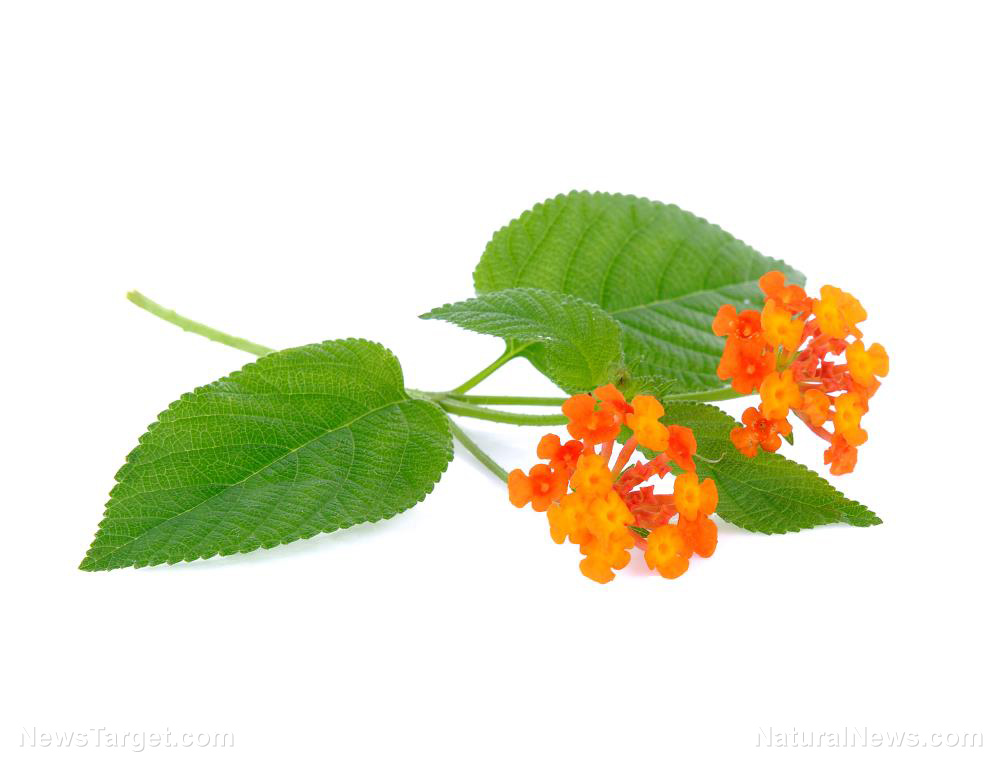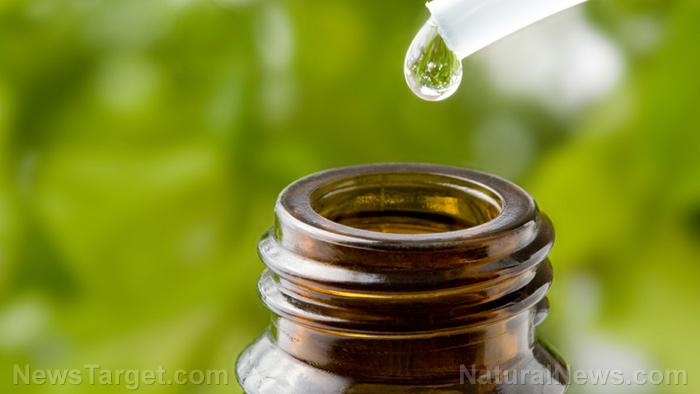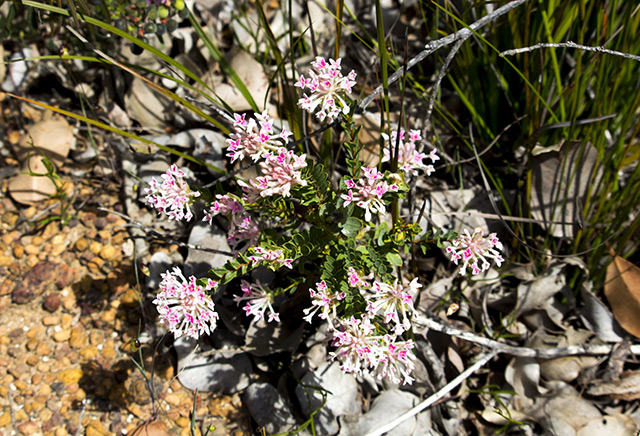Vampirecups are parasitic plants with antioxidant and antimicrobial potential
12/30/2019 / By Evangelyn Rodriguez
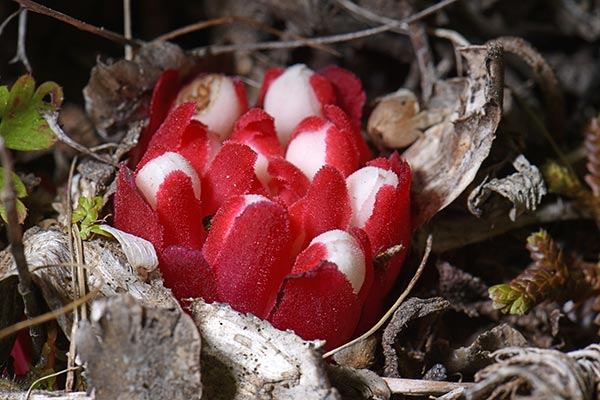
Different plants possess different beneficial properties. While some are edible and serve as great sources of nutrients, others are simply plants that serve another purpose in nature. Despite this, both types are equally rich in compounds that are of some value to human health. For instance, a recently published study in the journal BMC Complementary and Alternative Medicine described two species of wild, flower-bearing plants that possess anti-microbial and antioxidant properties. These plants are considered holoparasitic: They do not perform photosynthesis but are completely dependent on their host for nutrition. According to researchers from the University of Pisa and the University of Cagliari in Italy, these plants from the genus Cytinus — commonly known as vampirecups — produce natural antimicrobials that can be used to fight pathogenic bacteria that cause pneumonia, meningitis, and endocarditis.
The parasitic plants of genus Cytinus
Plants that belong to the genus Cytinus are all host-dependent and are commonly found in South Africa, Madagascar, and the Mediterranean region. Unlike normal plants, Cytinus plants do not have chlorophyll and are thus incapable of performing photosynthesis. Hence, they can be found in nature perpetually leaching nutrients from other plants, specifically those from the genera Halimium and Cistus — their favorite hosts. According to studies, there are currently eight recognized species of the genus Cytinus, while several others are still being studied.
Cytinus plants are intriguing in terms of their anatomy and their trophic (feeding) and reproductive activities. These plants do not have roots, stems, or leaves. They only produce clusters of flowers or inflorescence during their reproductive period. These flowers are often bright-colored and emerge from the ground, embedded within the root of their host. Cytinus plants also depend on other organisms to disperse their seeds. These organisms range from small insects like ants to birds and even mammals like rodents and elephant shrews.
Two Mediterranean species of Cytinus are great sources of natural antimicrobials and antioxidants
For their study, the researchers characterized the ethanolic and aqueous extracts obtained from the inflorescence of C. hypocistis and C. ruber, two species found in the Mediterranean region. They determined the plants’ total phenolic content using spectrophotometric and chromatographic methods, and used different assays to test the extracts’ antioxidant activities. They also evaluated biofilm formation via staining and the extracts’ anti-microbial and bactericidal activities using microdilution and the time-kill method.
The researchers found that both C. hypocistis and C. ruber have high amounts of gallotannins, particularly 1-O-galloyl-B-D-glucose. The extracts also contained pentagalloyl-O–B-D-glucose. Gallotannins are bioactive phytochemicals that are responsible for the cardioprotective and anti-secretory benefits of red wine and green tea.
The researchers also found that C. hypocistis extracts had stronger antioxidant activities than the C. ruber extracts. Meanwhile, pathogenic bacteria like Staphylococcus aureus, Staphylococcus epidermidis, and Enterococcus faecium proved sensitive to both Cytinus extracts. C. hypocistis and C. ruber ethanol extracts inhibited biofilm formation of S. epidermidis. (Related: The bark of a mountain tree in India shows antimicrobial properties more powerful than antibiotic drugs.)
Minimum inhibitory concentrations (MICs) ranged from 124 to 500 micrograms per milliliter (mcg/mL) for the aqueous extracts, and from 31.25 to 250 mcg/mL for the ethanol extracts. On the other hand, the researchers reported that Pseudomonas aeruginosa and Klebsiella pneumoniae were resistant to both Cytinus extracts. According to their analysis, pentagalloyl-O–B-D-glucose is one of the active antimicrobial components of the Cytinus extracts.
Based on these findings, the researchers concluded that both Cytinus plants have potent biological activities and can be used as natural antimicrobials and antioxidants.
Sources include:
Tagged Under: alternative medicine, anti-microbial, antioxidants, bacterial infections, herbal medicine, Herbs, natural antibiotics, natural cures, natural medicine, phytonutrients, remedies, research, vampirecups
RECENT NEWS & ARTICLES
Herbs.News is a fact-based public education website published by Herbs News Features, LLC.
All content copyright © 2018 by Herbs News Features, LLC.
Contact Us with Tips or Corrections
All trademarks, registered trademarks and servicemarks mentioned on this site are the property of their respective owners.




